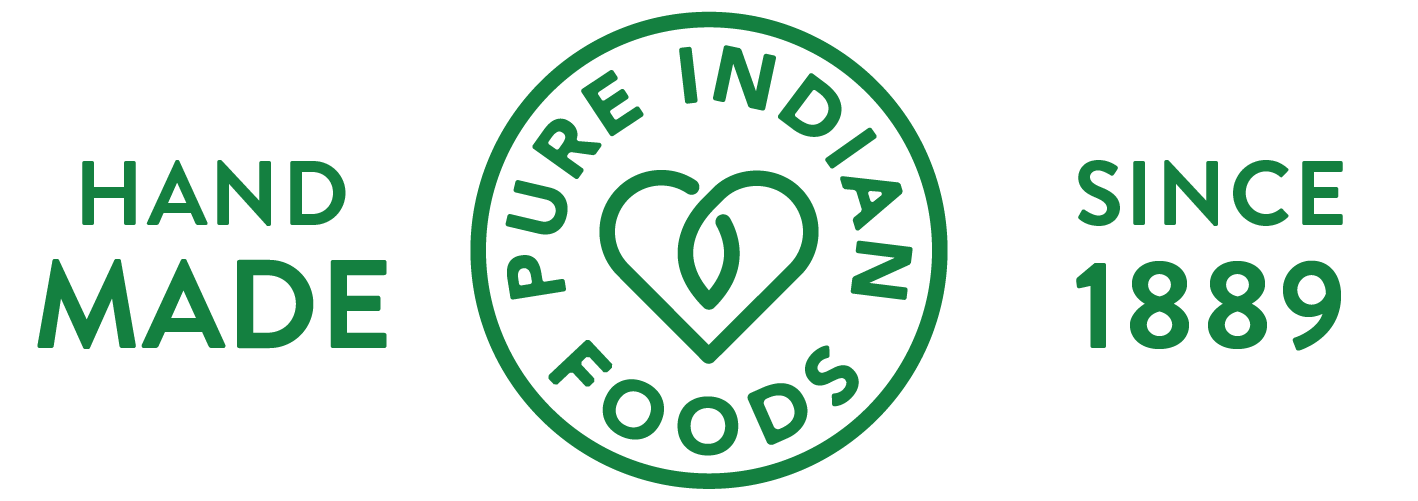With so many sweeteners on the market today, it’s hard to know which ones to use and which ones to avoid. Traditional, mineral-rich sweeteners are still available for purchase from trusted sources, however there is an ever increasing number of sweeteners that are being advertised as healthy, or even natural, way to cure your sweet tooth. What’s a home cook to do? Below we’ve compared 6 common sweeteners and offered recommendations oh which ones to use, and which ones to avoid. Just remember, when purchasing sweeteners, it’s important to remember how the sweetener was made, what the nutritional/mineral content may be, and how easily it can be used as a substitute in recipes.
Agave Nectar
The poster child for modern technology, Agave Nectar, while derived from a plant, has much more in common with other various artificial sweeteners than with natural sweeteners. While it is possible to make a syrup from the yucca or agave plant by simply boiling the agave sap, agave nectar as it’s marketed and sold today is made after the starch fibers of the agave plant that have undergone an “enzymatic and chemical process that converts the starch in a fructose-rich syrup,” not unlike the process to make high-fructose corn syrup. In fact, a recent study showed that agave can contain up to 70% of fructose, which is astronomically high when you consider that high-fructose corn syrup usually only contains between 50%-55% of fructose . For these reasons, we think it’s best to pass on Agave and purchase a healthier alternative.
Stevia
Stevia is a family of herbs and bushes native to South America whose leaves are sweet and edible. It is particularly useful for those who are on a carb restricted diet, since stevia technically does not contain any sucrose or fructose molecules. While making your own stevia is as easy as drying and grinding the stevia leaves into a powder form, purchasing stevia that is free of any additives or chemicals is difficult. With more than 300xs the sweetness of sugar, stevia certainly has the sweetness to act as a sugar substitute, however, it does have an acquired taste that can change depending on what form of stevia you use (powder, liquid, or grain form like sugar). So, while stevia may be a good choice for some recipes, the taste may make it difficult to substitute it in all of your baking endeavors.
White Sugar and Brown Sugar
The staple of the American kitchen for hundred of years, white and brown sugars are typically derived from sugar canes or sugar beets, and are often some of the most refined types of sugar that you can find in the supermarket. After the sugar cane is harvested, the sweet syrup is then extracted from the plant and boiled. The boiling process not only removes excess moisture found in the syrup, it also separates the trace minerals from the sugar (“sucrose”) molecules, and as such the sucrose will begin to the crystallize and look similar to what we know as white sugar. It is exactly this separation of trace minerals from the sucrose that gives sugar such a long shelf life; devoid of nutrition, sugar is very shelf stable. The sugar may then be bleached, sifted and finely ground to give it the familiar sugar consistency, sold as white sugar. Brown sugar goes through an additional process, where they add back moisture and flavor, in the form of molasses, before they send it to market. Despite their long culinary history in American cooking, these sugars are simply “empty calories,” and do not contain enough nutrition for them to be used in all cooking/baking recipes. Look below for some healthier alternatives!
Date Sugar
One of easiest types of sugar to make yourself, date sugar is nothing more than finely ground dehydrated dates. Since there are no added chemicals or any process to extract the sugar molecules, date sugar also contains high amounts of trace minerals and nutrients. By leaving the dates intact, the consistency of homemade date sugar may sometimes be lumpy, and it does not dissolve well in recipes or in liquids. Also, due to its high nutritional content, date sugar does not have a long shelf life so plan accordingly before making some!
Maple Syrup
Another natural sweetener, maple syrup has been a staple in American cooking for hundreds of years. Maple syrup is made by “tapping” the sap out of maple trees, then straining and boiling until the desired consistency and flavor is met. Despite being a natural sweetener, and needing no additives or preservatives, maple syrup is comprised mainly of sucrose and water, and few trace minerals, except for zinc and manganese. It does, however, contain powerful antioxidants similar to those found in red wine and grape juice. Once opened, maple syrup must be stored in the refrigerator, or it may spoil. Nevertheless, the mild flavor of maple syrup makes it a good substitute for holiday dishes and baking.
 |
| Organic Jaggery |
A traditional sweetener, jaggery has been used in traditional kitchens for thousands of years and is typically made from sugar cane or date palms. Making jaggery involves boiling the raw sugar cane or palm juice in iron pans, waiting for it to cool, and then forming it into blocks. Unlike making white/brown sugar, which also involves boiling sugar canes, there are no steps in making jaggery that try to decrease the nutritional or mineral content of the finished product. In fact, there is some evidence that jaggery contains increased amounts of iron due to the iron pans that are used in the boiling process. Also, unlike white sugar, jaggery is not traditionally bleached or further processed to alter its consistency. Culinarily, the flavor of jaggery is most often compared to brown sugar and the consistency also makes it a good substitute for brown sugar in recipes. For more information, check out our fact sheet on Jaggery, or visit us online at www.pureindianfoods.com to buy Jaggery.
Honey
The original sugar, honey is the only sweetener that can in found in nature that requires no extraction, dehydrating, or extra steps to make it suitable for consumption. Even with it’s high mineral and nutritional content, honey is extremely shelf stable and does not break down or degrade with time. If left untouched, honey will lose its moisture and begin to crystallize, which can easily be remedied by placing the honey near a pot of boiling water so it can absorb the steam. Holistic doctors have prescribed raw honey as a remedy for seasonal allergies, as well as using it as a topical ointment. Despite its distinct flavor, traditional cooks can use honey in a number of different recipes both as a sweetener and as a substitute for oil, due to its consistency.



Thank you for this informative post.